Garden Plan: Five things to consider when smartening up your garden
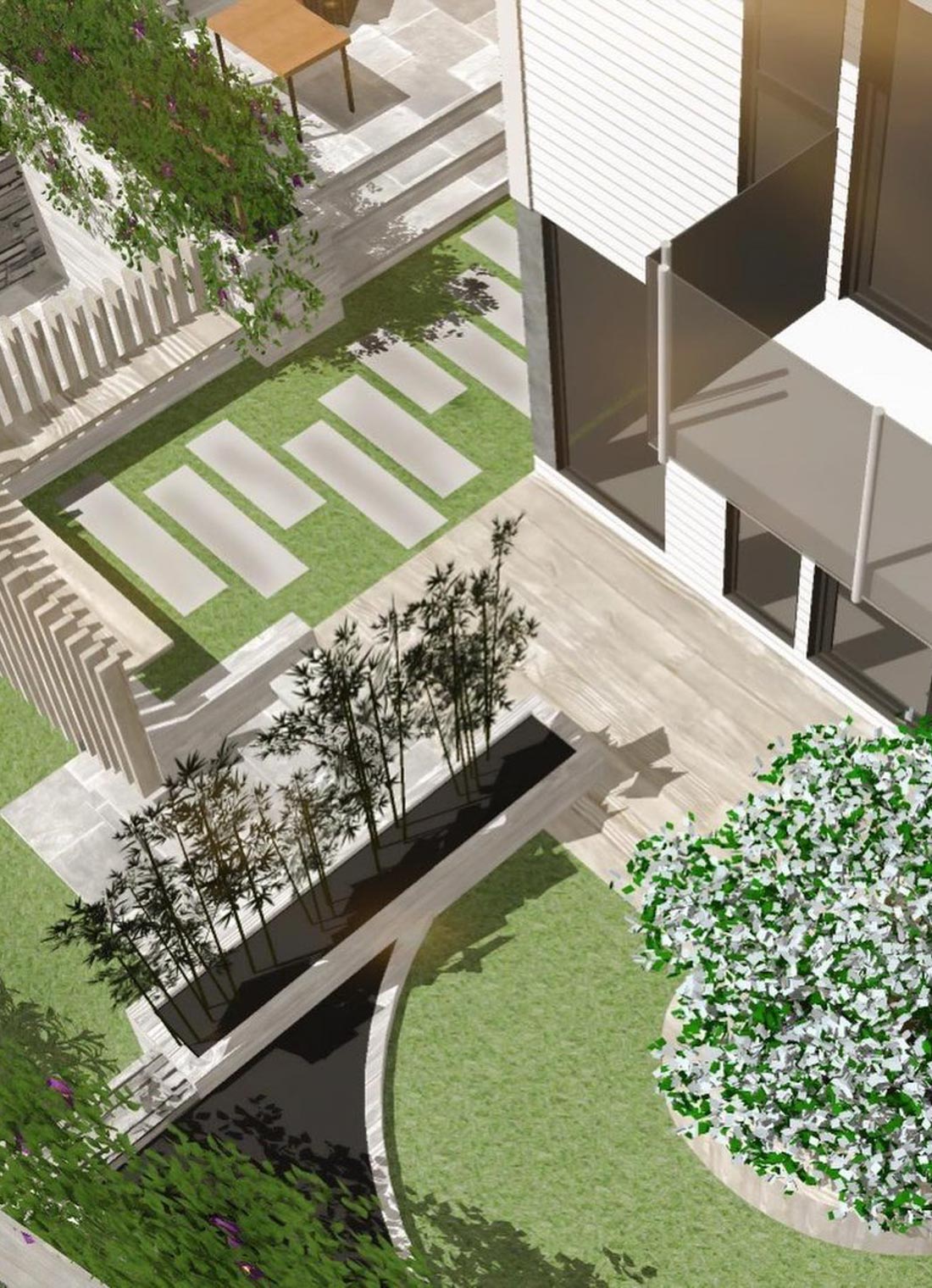
Planning to smarten up your garden before summer? Here are five tips to inspire you.
Planning to smarten up your garden before summer? Here are five tips to inspire you.
With more than 25 years in the business, Cato Hetland from Tegl og Betong (Tile and Concrete) knows what you need to think about before embarking on ambitious garden projects.
– Trends have changed during my time in the business. I’ve been doing this since 1996, when customers mostly just wanted a pretty garden, he says.
These days, customers want to spread their budget about a bit.
– In recent years, people have spent large parts of their budget on few, but larger, installations, such as a conservatory or outdoor kitchen with a stone oven, while the rest of the garden should be as low-maintenance as possible, he says.
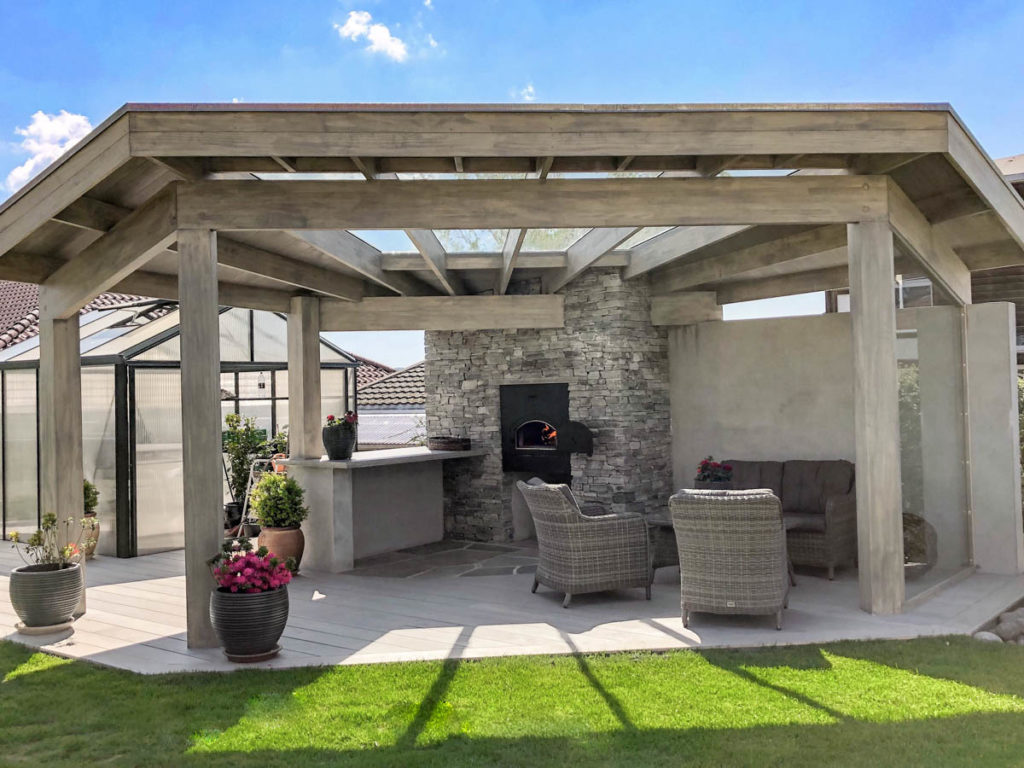
Using natural stone such as slate round the outdoor kitchen and conservatory is also very popular.
– Slate from Scandinavia is a low-maintenance material that also creates a cosy atmosphere. It’s also nice to use it elsewhere than just on the ground, such as on the walls and as cladding for an outdoor fireplace or stone oven, Hetland adds.
The first thing you need to do is decide how much you want to spend. It helps to know how much you can use and how ambitious you can be – but make sure the garden isn’t only half-completed when summer guests arrive.
What’s the point of a beautiful new garden if it isn’t also functional and a pleasant place in which to spend time. This is why it’s important to get to know your garden. Make a sun chart and identify where you want to place your garden table, where the vegetables will grow best, and where you’ll get the most exquisite sunset.
Use this knowledge to place the elements you want in the garden.
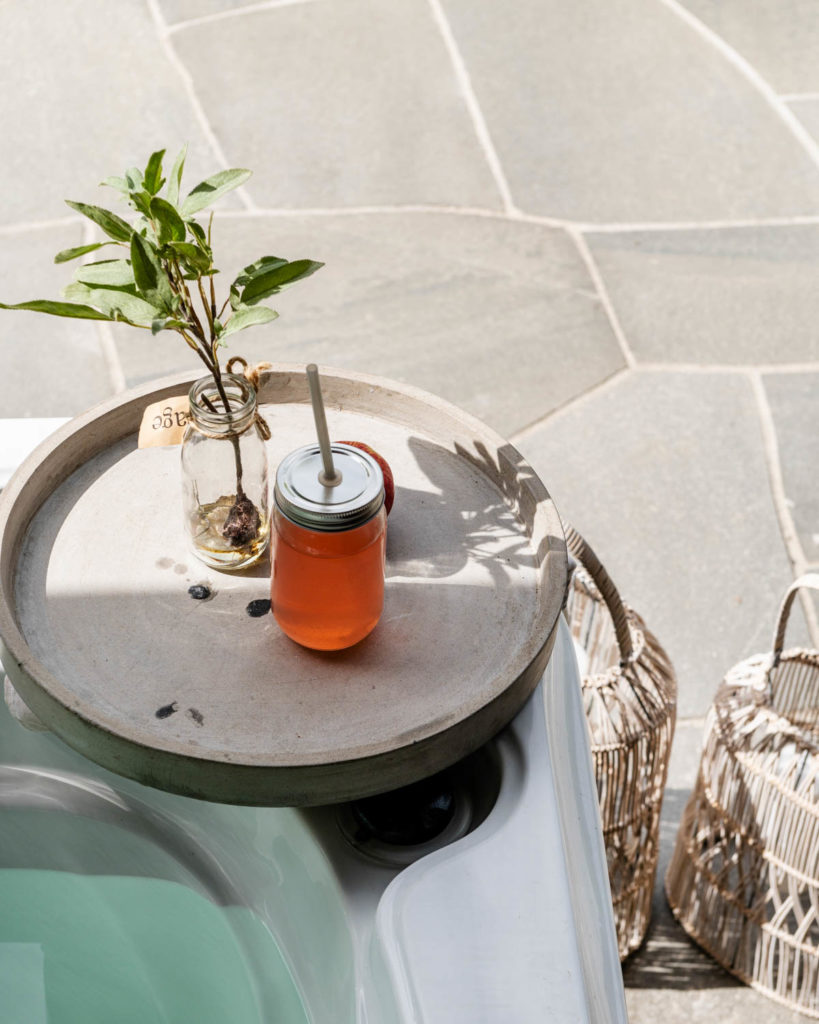
Once again: What’s the point of a lavish and stringently designed garden if you haven’t got space for visitors to come and be impressed?
It’s important to remember that you would like to have an inviting and comfortable outdoor space where you can serve your guests and they can talk, drink and enjoy good food – without having to squeeze past each other or shout so loudly that you get complaints from the neighbours.
Hetland recommends planning an area big enough to accommodate 8-10 seated guests.
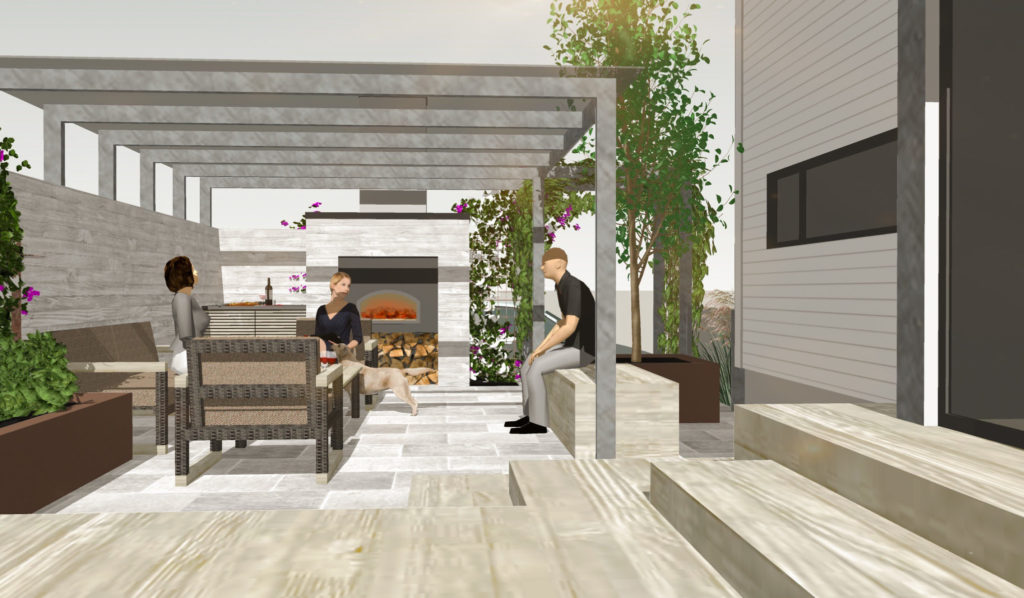
The materials you choose are important to give the garden a cohesive feel. The paving you lay on the terrace is more than just something to walk on. It’s also something to look at – and something to feel. It’s therefore important to make sure that it matches the overall design. What to consider when choosing tiles for your terrace.
If you choose imported stone, this can easily give you the feeling that you’re not home. At worst, the product may be of poor quality so the garden looks more like a municipal car park than a place for relaxation and recreation.
You should therefore always choose natural materials such as stone and wood from the same part of the world as you live in.
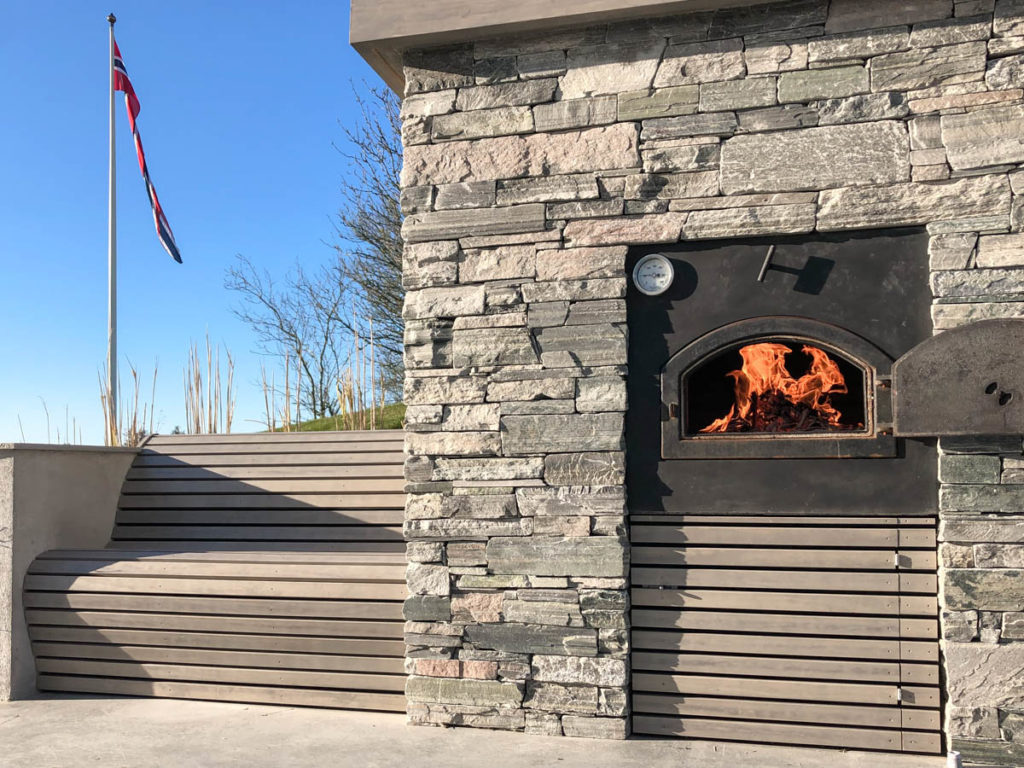
To really make your garden something special, don’t forget that there’s also a house to be considered. When you plan your garden, it’s a good idea to take inspiration from the style and architecture of the house. Let the house’s colours and materials be reflected in the garden. This not only gives the impression that everything belongs together, but also that you haven’t left anything to chance.
If you use natural stone inside the house, it’s a good idea to use it in the garden too. Get a magical and effect with the same tiles indoors and outdoors!
And there’s nothing wrong with combining different types of stone – as long as they come from the same part of the world.
Whether you decide to use rectangular cut stones or uneven flagstones depends on the house’s style and architecture. Rectangular slabs usually suit modern houses and cabins, while flagstones work best for classical cabins, particularly in the mountains.
Here you can see the selection of rectangular outdoor tiles, crazy paving and wallbricks – all of course from Oppdal and Offerdal in Scandinavia.
Need more input for your planning? The ultimate garden design plan: 12 ideas to brighten up your garden
– The materials you choose are important to give the garden a cohesive feel. The paving you lay on the terrace is more than just something to walk on. It’s also something to look at – and something to feel. It’s therefore important to make sure that it matches the overall design. You should therefore always choose natural materials such as stone and wood from the same part of the world as you live in.
Cato Hetland
CEO, Tegl & Betong AS
